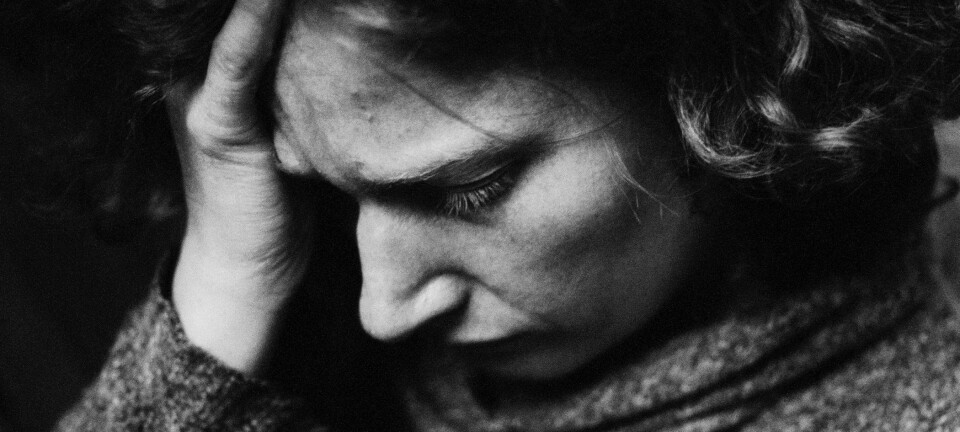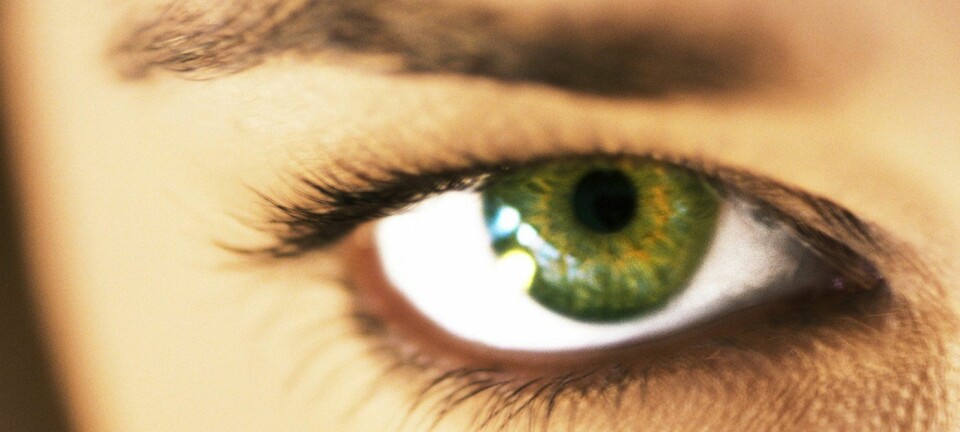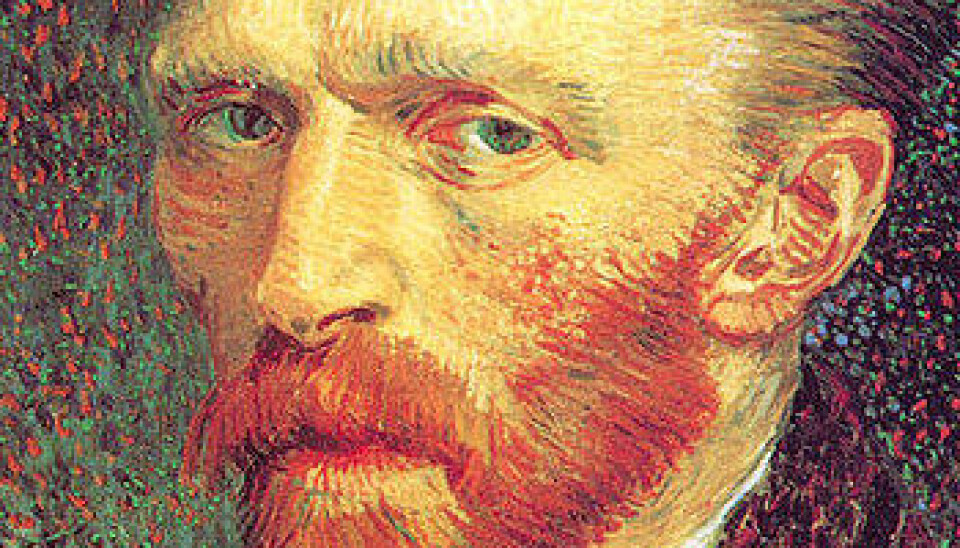
Creativity linked to mental illness
Artists and researchers are more disposed toward psychiatric disorders than the general population. Authors are the most vulnerable.
Vincent van Gogh painted some of his most iconic pictures during his stay at an insane asylum in Saint-Remy in Provence.
Virginia Woolf caved in to her struggle with depression and filled her overcoat pockets with stones and drowned herself in the River Ouse.
Nobel laureate John Nash was diagnosed with paranoid schizophrenic, and inspired the movie A Beautiful Mind.
Our preconceptions about mad creative geniuses are well established. And now a comprehensive Swedish study indicates the myths are firmly rooted in reality.
Artists, authors and researchers
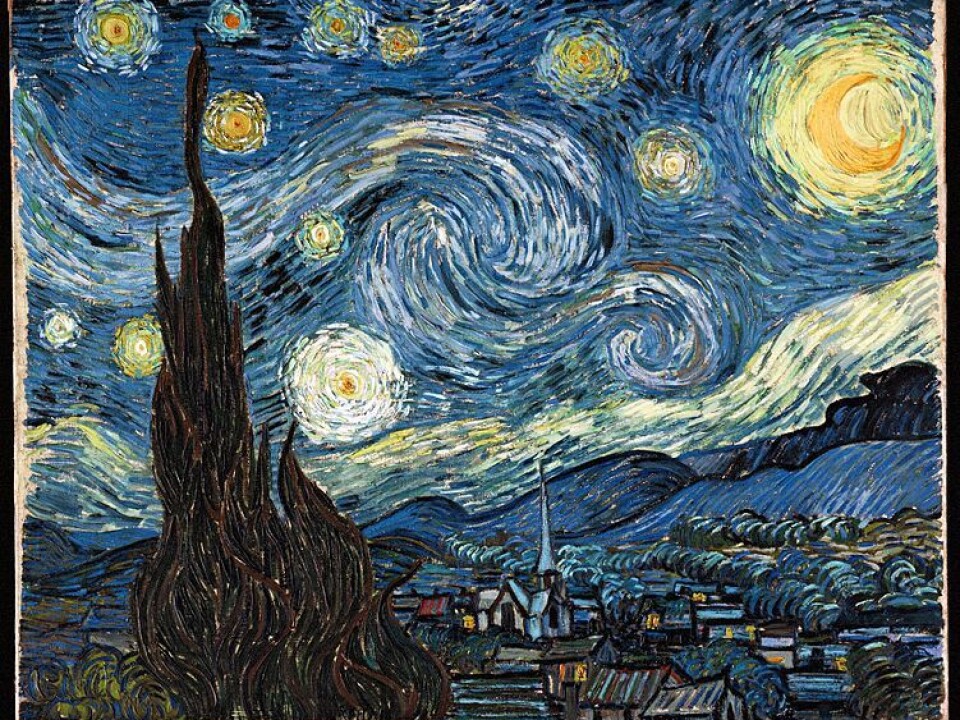
The study shows that bipolar disorder - e.g manic depression - is more common among all groups that have artistic or scientific professions: from dancers and photographers to researchers and authors.
Even mental patients’ relatives are more likely to have creative professions, according to the researchers at Sweden’s Karolinska Institutet, where the study was conducted.
The link is especially strong for authors. They seem to have an increased risk for most psychiatric disorders.
Authors are more often afflicted with bipolar disorder, schizophrenia, depression, anxieties and substance abuse. They also have a 50 percent higher chance of committing suicide than the rest of the population.
Positive sides of mental dysfunction
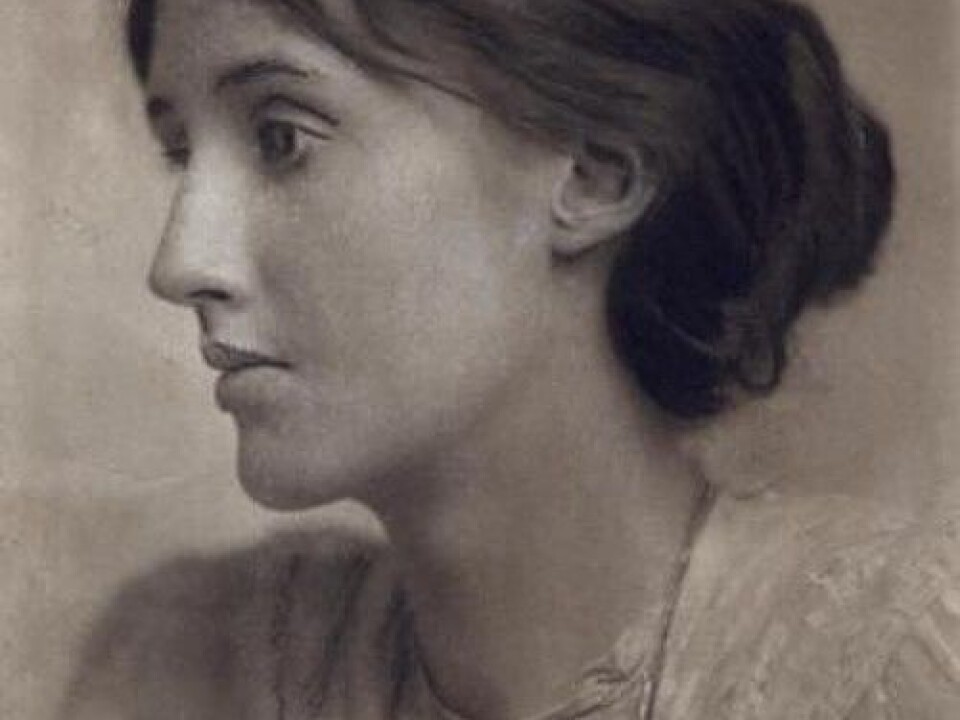
This inspires ideas about ways we should perceive of mental illness, asserts study author Simon Kyaga of the Karolinska Institutet in Sweden.
“If you bear in mind that certain aspects of the patient’s disorder are actually advantageous, you open a door to new approaches to their treatment,” he says in a press release from Karolinska.
“Then the doctor and patient need to reach an agreement about what should be treated and what the downside could be.”
“Psychiatry and medicine have had a tendency to view psychiatric disorders in a black-and-white perspective, thus attempting to cure and rid the patient of all traits linked to the disease.”
Almost all of Sweden included
Kyaga’s results are based on data from nearly 1.2 million patients and all their relatives, who could be as far removed as second cousins.
All of these were compared to healthy control persons and thus most of the Swedish population was included in the study.
The researchers considered prevalence of a number of psychiatric diagnoses such as schizophrenia, depression, anxiety, alcohol and drug abuse, autism, ADHD, anorexia and suicides.
Thus this is the largest study ever documenting a link between creativity and psychological disorders.
--------------------------
Read the full version of this story in Norwegian at forskning.no
Translated by: Glenn Ostling
